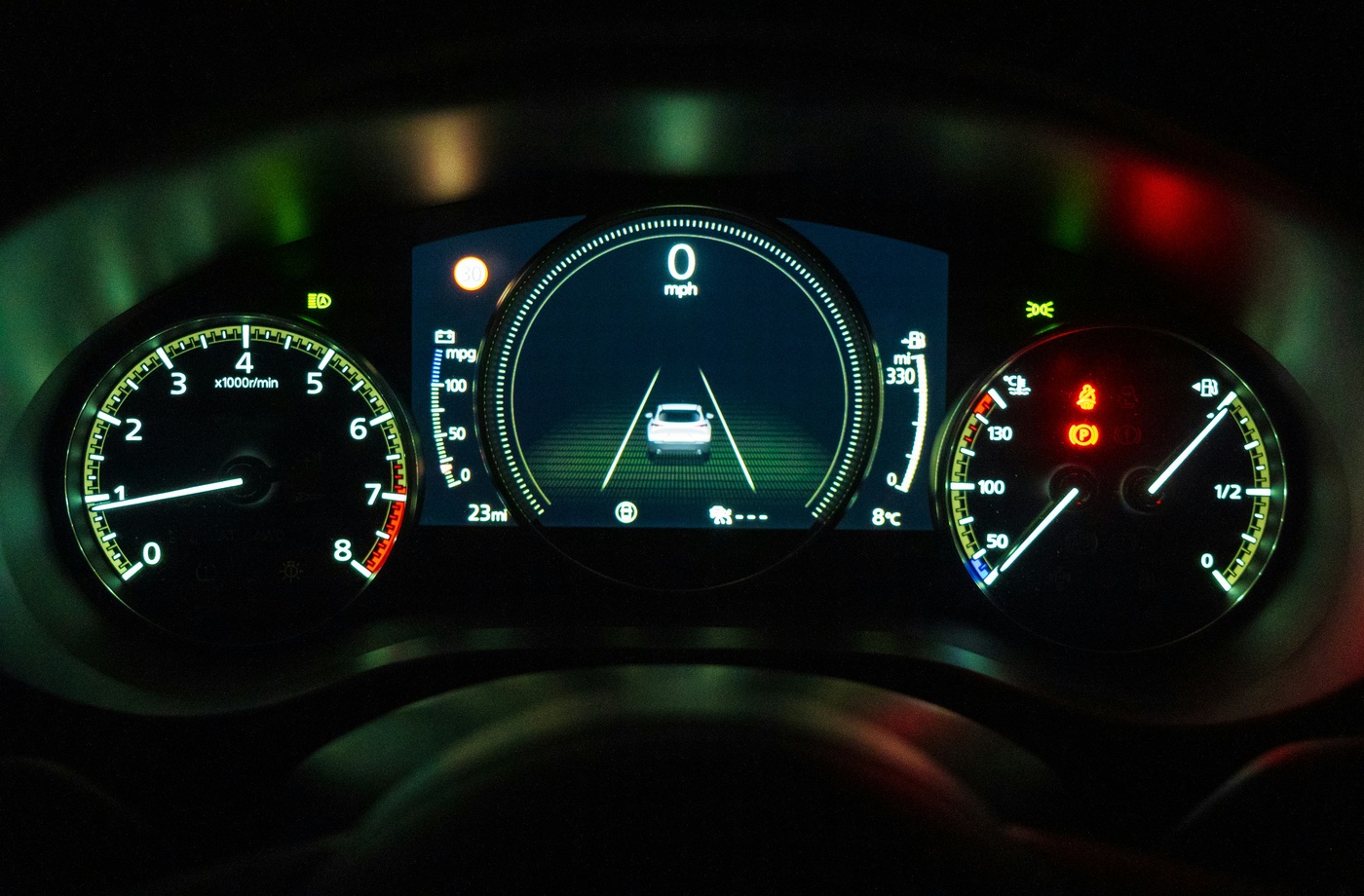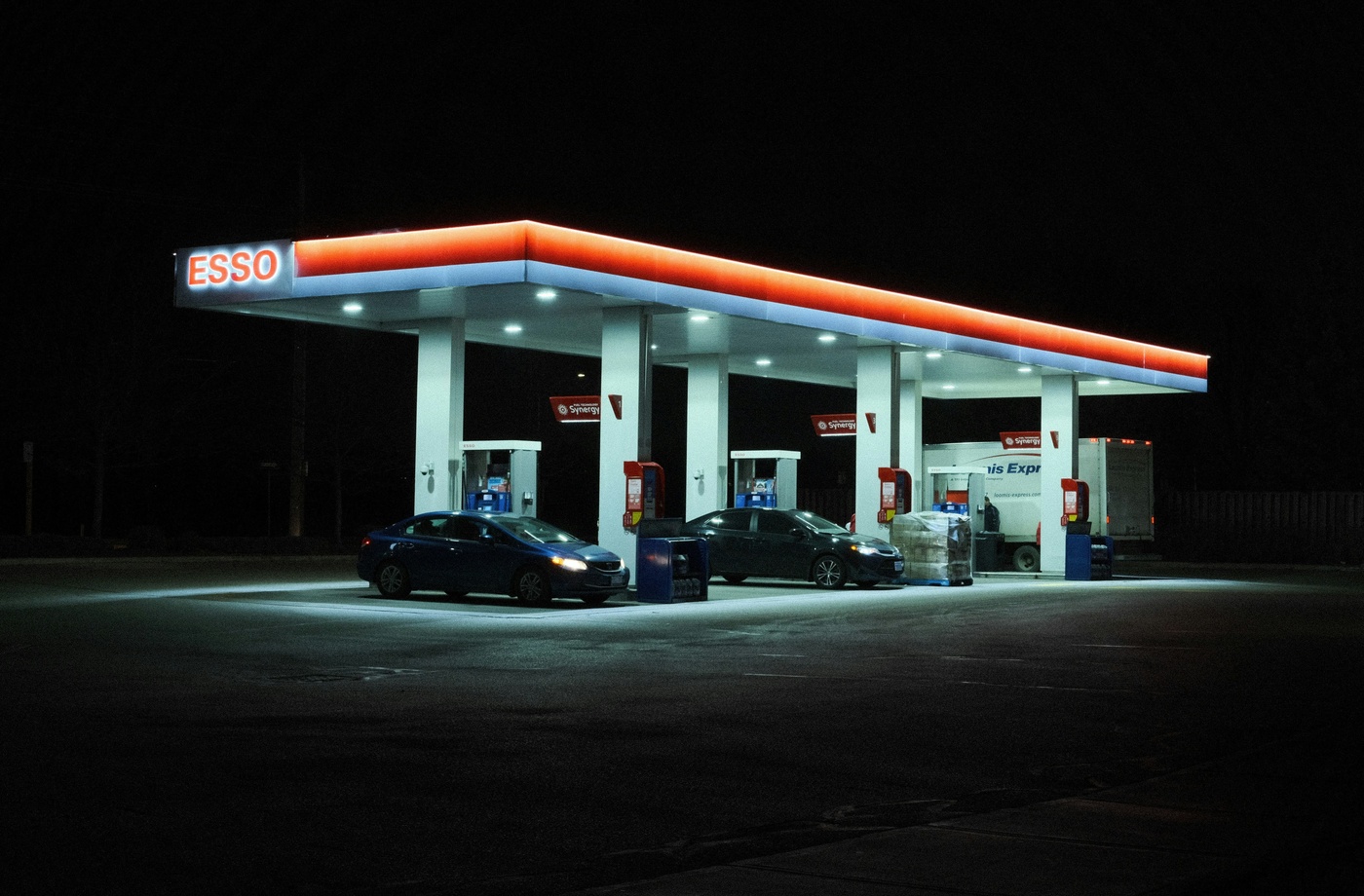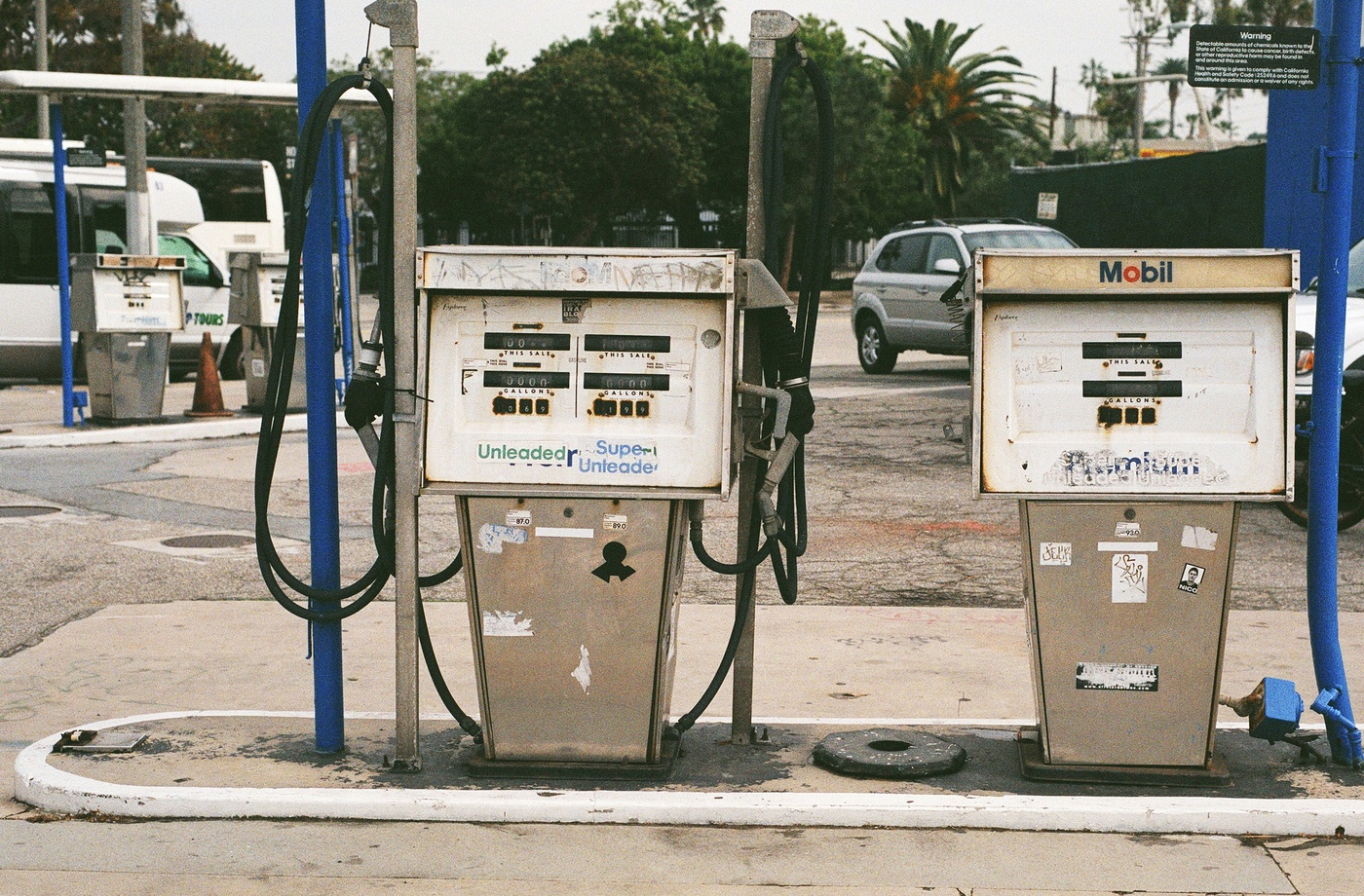If you’re not monitoring your fuel expenses, you’re likely spending more than you realize. Whether you drive for work, run a small fleet, or simply want to keep your budget in check, tracking fuel usage gives you better visibility into spending patterns, identifies areas for savings, and helps optimize overall vehicle efficiency.
This guide breaks down the best tools and strategies to manage fuel costs like a pro—and how cashback apps can reduce what you spend in the first place.
Why fuel tracking matters
Gas is one of the most volatile recurring expenses for drivers. Prices shift frequently based on global oil trends, seasonal demand, and regional supply. Without tracking, it’s difficult to know your real fuel cost per mile—or whether your car’s fuel economy is declining due to maintenance issues.
Benefits of fuel tracking include:
- Accurate budgeting for monthly vehicle expenses
- Detecting drops in MPG or rising costs
- Managing tax-deductible mileage (especially for gig drivers and small businesses)
- Planning smarter fuel stops based on real usage patterns
Best apps to track fuel expenses
There are dozens of apps designed to help you log fuel stops, track mileage, and calculate vehicle costs. Here are the most reliable and user-friendly options:
- Fuelio – Tracks fuel logs, vehicle expenses, and mileage in one place. It also estimates cost-per-mile and provides graphs to visualize trends.
- Drivvo – Ideal for business and fleet users. Offers expense reports, maintenance reminders, and multi-vehicle tracking.
- Simply Auto – A GPS-based tracker that logs trips and calculates fuel economy. Great for Uber, Lyft, and delivery drivers.
- MileIQ – While not fuel-specific, it’s excellent for logging deductible mileage and works in the background as you drive.
Each of these apps lets you export data for taxes or reimbursement, and many support multiple vehicles—handy for families or small business owners.
How to log expenses accurately
To get the most out of your tracking app:
- Log every fuel stop immediately. Don’t wait to batch it later.
- Record the odometer reading to help calculate MPG.
- Note fuel grade and station brand—this can help identify performance trends.
- Enter total cost and gallons purchased to calculate unit pricing.
These logs build a picture over time, helping you make informed decisions like switching stations or investigating maintenance issues.
Reduce expenses before you even fuel up
Tracking helps you manage what you spend, but you can also reduce the cost up front by using cashback apps and discounted gift cards:
- Fluz lets you buy a BP gift card online, earn cashback with a Shell gift card, or get Chevron fuel gift card rewards—all with instant cashback.
- Upside rewards you after the purchase when you check in and scan a receipt at select gas stations.
- Rakuten and Ibotta help drivers save on car maintenance, accessories, and snacks purchased during fuel stops.
When paired with tracking apps, these cashback platforms offer complete visibility and active savings across your fuel spending lifecycle.
Bonus tips for fuel budget efficiency
- Use GasBuddy or Waze to find the cheapest gas station near you.
- Track your fuel efficiency (MPG) and compare across brands—some vehicles perform better with top-tier gas.
- Set a weekly or monthly fuel budget in your tracking app and monitor how well you stay within it.
Final thoughts
Tracking your fuel expenses isn’t just about numbers—it’s about control. With the right tools, you can reduce waste, improve efficiency, and make smarter driving decisions. Start by using apps like Fuelio or Drivvo, and combine them with platforms like Fluz for upfront savings. Together, they give you full command over how much you spend—and how much you can save—at the pump.



